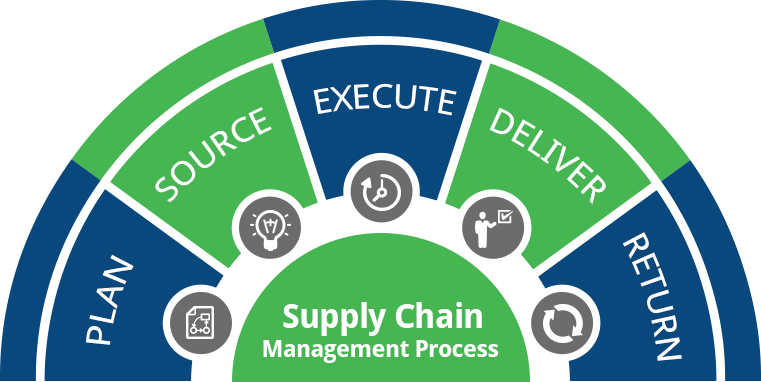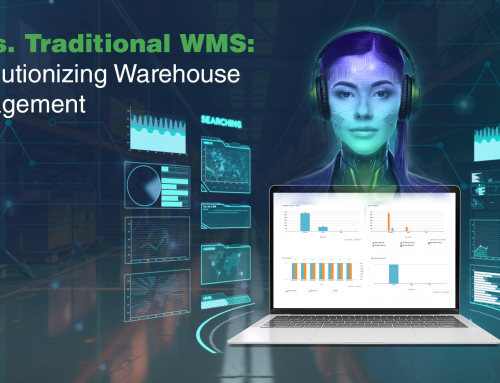Supply Chain Management Process : Five key steps for building excellence
Supply Chain Management process plays a huge significance in running key operations for almost every organization. Without a successful supply chain, processes could halt at the floor level and ultimately bring down the results. For so many decades, supply chains have gone through a journey of their own from being so simple to recently developed algorithm based ones. With ever-evolving supply chain concepts, supply chain management process has become a dedicated function. Supply chain managers are given the responsibility to ensure that supply chain, be it external or internal, is efficient and cost-effective both. But another question that comes up is how they do it? The mechanism to be followed for effective supply chain management process involves five basic stages explained here.
- PLAN – Planning is the strategic part of the supply chain management process, to find out the best possible blueprint of how to fulfill the end requirement. SCM managers should identify a list of key components like plant location & size, warehouse designing, delivery models, IT solutions’ selection, etc. Not only this, the supply chain management process would be incomplete if key matrices like transportation cost modeling, warehouse efficiency models, etc. are not developed.
- SOURCE – At this stage of supply chain management, the emphasis is on to ascertain the most reliable of suppliers for raw materials so that the production process would never jeopardize. But challenging conditions do arise during operations, supply chain managers must ensure key pain points of supply cycle are always being tracked to keep the engine running. Holisol believes that contractual framework as well as a selection of a capable supplier is one thing, but there should be a tangible system in place for the continuous development of suppliers which would boost their efficiency as well.
- EXECUTE – This is the stage where well-designed processes are implemented so that a perceivable shape is given to existing plans in the form of manufactured products which are ready for testing, packaging, and delivery. Not only this, results at this stage are quantified so that maximum possible efficiency is achieved. Holisol’s specialists design cost-effective IT solutions which enable customers in building excellence and improving efficiency at the execution stage of the supply chain management process.
- DELIVER – Supply chain when reaches this stage, the managers have a task at hand to deliver the product/service in the right quantity, at the right place and right time by employing suitable carriers. Supply chain managers should be fully equipped with modern IT tools to keep a track on warehousing networks, inventory models as well as invoicing and payment receipts.
- RETURN – Returns’ handling is the last step of the supply chain management process. It not only involves reviewing returned products for quality purposes but also managing their inventory. At the ground level, supply chain managers should deploy their resources supporting them with technology for faster pickups, quicker replacements, etc. Returns management should be a value enhancement measure in the eyes of supply chain managers and they must ensure every desirable measure is taken for maximum possible efficiency.
Holisol believes in its Design, Implement and Manage methodology for all the projects it undertakes and makes sure that the above steps are followed at the very basic level in all supply chains it is responsible for. Experts at Holisol also conclude that for successful implementation of supply chain management process, top-level executives should make necessary strategic moves to keep their supply chains relevant in changing business scenarios. Other than that, with the growing trend of technology implementation, supply chain management process should be designed with scope for implementation of suitable IT solutions. Supply chain managers should not be averse to tactical changes which would be cost-beneficial in all aspects like warehousing, transportation, inventory, Shipping, etc. Finally, to top it up, activities at an operational level like everyday management of the supply chain must align with business goals.
. For more information email us at [email protected]






